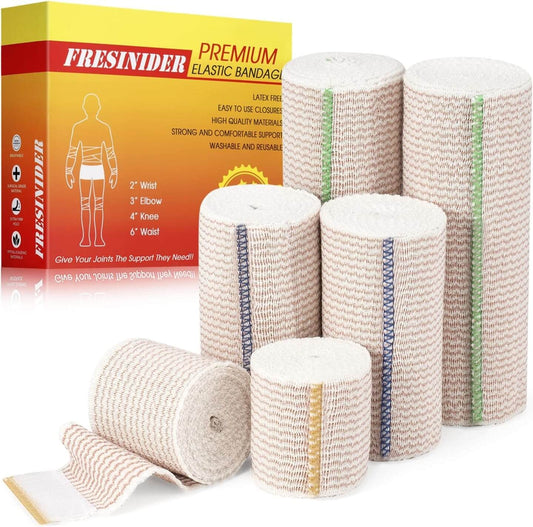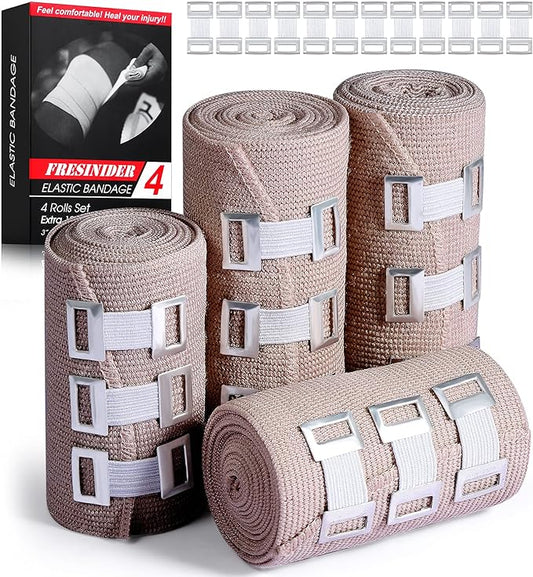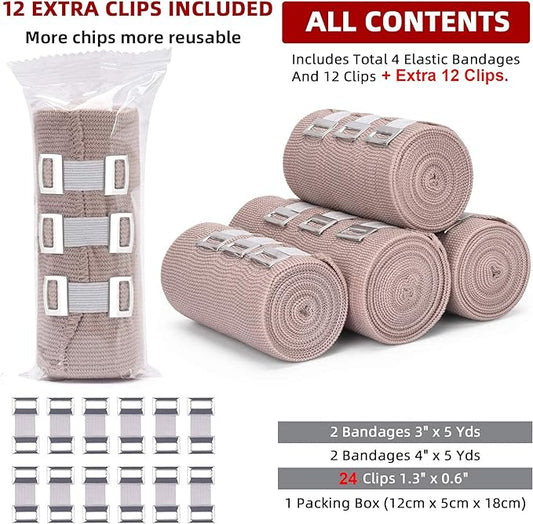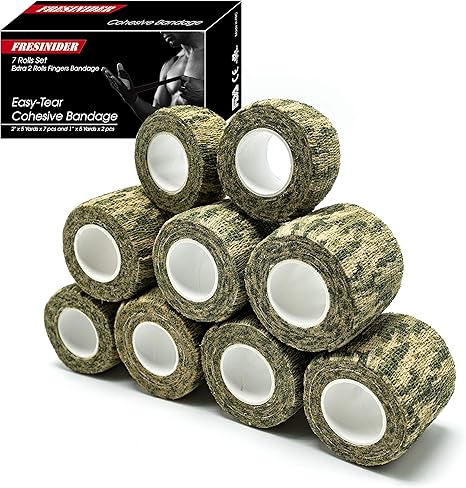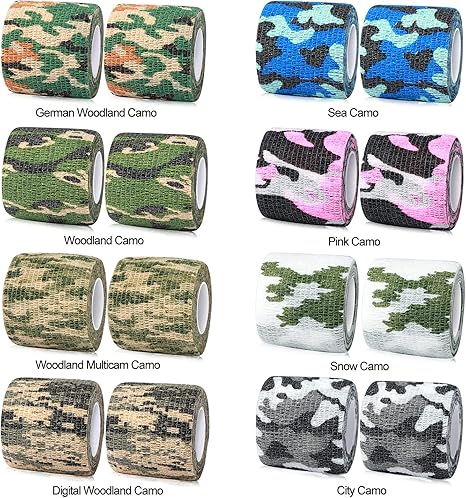Tennis is a sport that demands speed, precision, and control, and players rely heavily on their hands to perform every shot. Whether you’re gripping the racket for a powerful serve, returning volleys, or playing long rallies, your fingers take on significant strain. That’s why many players turn to tennis finger tape — a simple but highly effective way to protect and support their fingers.
Finger tape isn’t just for professionals. Beginners and recreational players can also benefit from it by preventing blisters, improving grip, and providing joint stability. In this guide, we’ll explore why tennis players use finger tape, the types available, how to apply it, alternatives worth considering, and tips for choosing the best option.
Why Do Tennis Players Use Finger Tape?
Injury Prevention
Tennis finger tape is commonly used to prevent finger injuries that happen due to repetitive motions and sudden impacts. Taping adds stability to finger joints and ligaments, reducing the risk of sprains, jams, or tendon strain.
Improved Grip
Sweat and long matches can make it difficult to maintain a firm hold on the racket. Wrapping tape around the fingers improves friction and grip, ensuring that players keep control of their shots even in high-pressure moments.
Blister and Callus Protection
Tennis players often deal with blisters or calluses from gripping the racket for hours. Tape creates a barrier between skin and racket, minimizing friction and preventing small irritations from becoming serious injuries.
Pain Relief and Confidence
For players dealing with sore fingers, minor injuries, or arthritis, taping provides gentle compression and pain relief. Beyond physical protection, it also offers mental reassurance, allowing players to swing more confidently without worrying about injury.

Common Finger Injuries in Tennis and How Tape Helps
- Blisters and Calluses: Tape reduces friction, helping players avoid painful breaks in the skin and continue playing comfortably.
- Jammed or Sprained Fingers: Wrapping the finger with athletic tape stabilizes the joint, reducing movement while still allowing enough flexibility to hold the racket securely.
- Overuse Injuries (Tendon Strain): Taping provides compression that supports healing, reduces swelling, and prevents the injury from worsening during play.
- Arthritis and Chronic Pain: Finger tape offers added support for painful joints, making it easier to grip the racket and stay on the court longer.
Types of Tennis Finger Tape
- Athletic Tape (Zinc Oxide Sports Tape): Rigid and durable, ideal for stabilizing joints after an injury. Commonly used by professionals who need strong, consistent support.
- Self-Adhesive / Cohesive Wraps: Stick to themselves rather than the skin, making them comfortable and easy to remove.
- Elastic Bandage Wraps: Lightweight and provide compression while still allowing movement. Suitable for swelling or comfort.
- Pre-Cut Finger Tape Strips: Slim and convenient strips designed specifically for fingers, saving time before practice or competition.
How to Tape Your Fingers for Tennis (Step-by-Step)
- Prepare Your Fingers: Clean and dry your hands. Moisture or sweat can make the tape slip.
- Choose the Tape Type: Athletic tape for firm support, self-adhesive for blister prevention, elastic tape for compression.
- Position the Finger: Keep your finger in a natural, slightly bent position before wrapping.
- Apply the Tape: For joint support, wrap around the base and top of the joint; for blister prevention, tape over high-friction areas; for stability, use buddy taping.
- Check Tightness: Tape should be snug but not restrictive. Rewrap if fingers feel numb or discolored.
- Test Your Grip: Hold the racket and practice swings to ensure comfort and security.
Benefits of Using Finger Tape in Tennis
- Prevents injuries by supporting ligaments and joints.
- Reduces pain from minor sprains, arthritis, or blisters.
- Improves grip for better control of the racket.
- Supports recovery by minimizing stress on healing fingers.
- Boosts player confidence on court.
Alternatives to Finger Tape for Tennis Players
- Finger Sleeves: Reusable fabric sleeves that offer light compression and blister protection.
- Sports Gloves: Lightweight gloves with grip padding to reduce friction and enhance control.
- Compression Wraps: Flexible, self-adherent wraps that cushion the fingers.
- Strengthening Exercises: Grip trainers and resistance bands to build stronger, more resilient fingers.
- Custom Braces: Professional-grade support for players with chronic pain or recurring injuries.
Choosing the Best Tennis Finger Tape
- Material & Adhesion: Zinc oxide for rigidity, cohesive for comfort, elastic for flexibility.
- Elasticity: Rigid tape stabilizes injuries; elastic tape allows freer movement.
- Width: Narrow rolls (0.5–1 inch) are best for fingers.
- Sweat Resistance: Sweatproof or waterproof designs for long matches.
- Latex-Free Options: Essential for players with sensitive skin.
- Durability: Strong tapes that last through multiple sets are most cost-effective.
FAQs About Tennis Finger Tape
Do all tennis players need finger tape?
No. It’s most helpful for players prone to blisters, injuries, or those seeking extra grip.
How tight should finger tape be?
It should feel snug but not cut off circulation. If fingers tingle or turn blue, rewrap.
Is finger tape allowed in professional tennis?
Yes. Taping is permitted as long as it does not give an unfair advantage.
Can beginners benefit from finger tape?
Yes. It helps beginners avoid blisters and build confidence while learning proper grip.
Which is better: finger tape or sleeves?
Tape is customizable and disposable, while sleeves are reusable and convenient.
How long can you wear finger tape?
Only during play or training. Remove afterward to allow skin to breathe.
Conclusion
Tennis finger tape is one of the most effective and affordable tools for preventing injuries, protecting skin, and improving racket grip. It benefits both recreational and professional players by reducing pain, accelerating recovery, and providing extra confidence during matches.
Whether you choose rigid athletic tape, flexible cohesive wraps, or convenient pre-cut strips, the right tennis finger tape can help you stay on the court longer and play at your best.
👉 Explore more sports protection gear and injury-prevention guides at fresinider.com to keep your game strong and your fingers safe.



